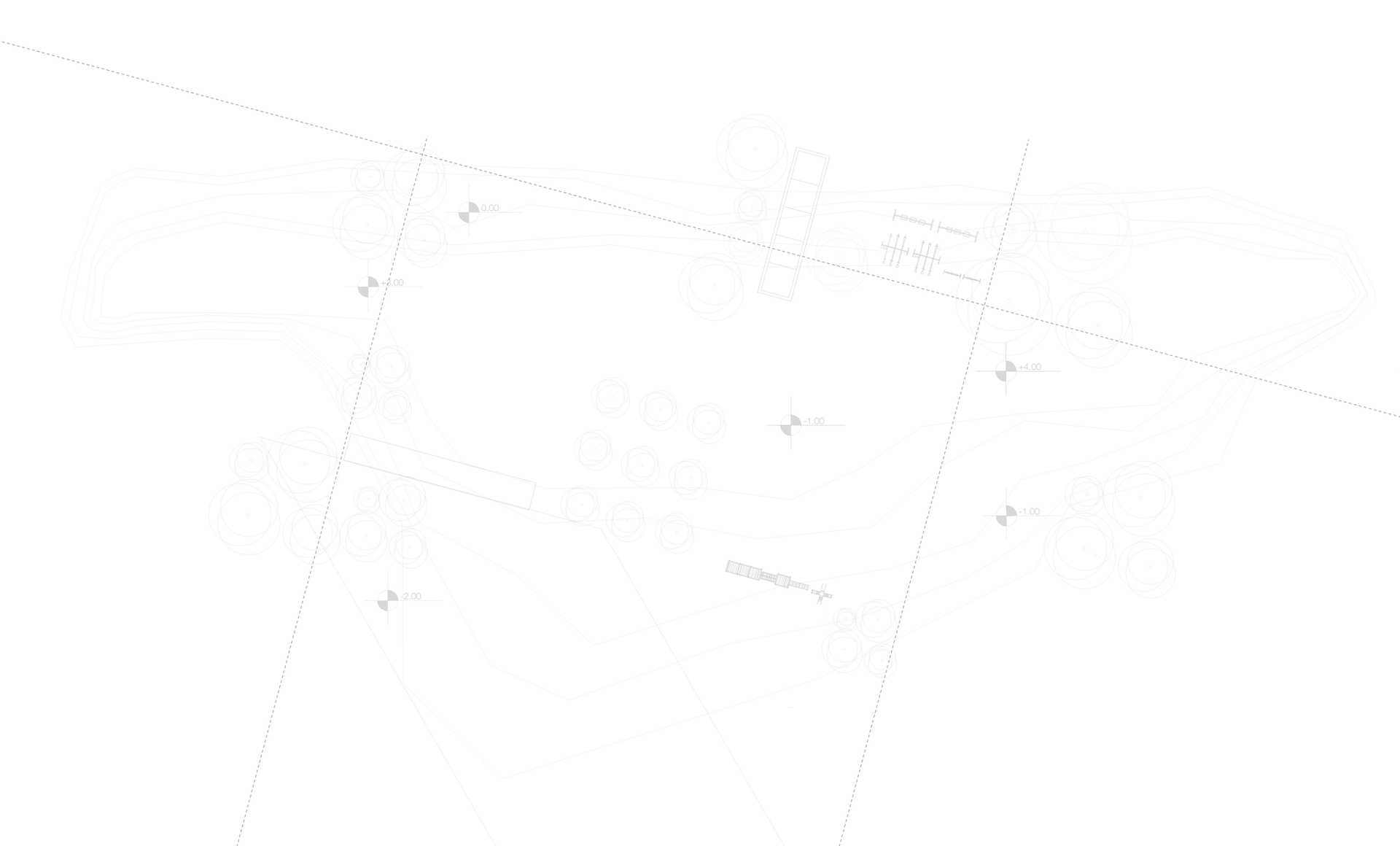Seminar Review : Activating Waterfronts & Authenticity | Perry Lethlean
- Idelia Limindra
- Apr 27, 2016
- 3 min read

The URA Speaker Series on 22 April 2016 has invited Perry Lethlean, the successful contemporary urban & landscape designer from Australia and specialty on waterfront design. The topic that will be talked today is 'Activating Waterfronts & Authenticity'.
BIO
Perry Lethlean is the director of Melbourne office of T.C.L (Taylor.Cullity.Lethlean). TCL is a company that focus of the landscape design and it has 2 branches which are in Melbourne and Adelaide. He himself very skilled in both large master planning and detailed design scale. He also actives become a design lecturer & critic, and juror for awards. His interest in waterfront design lead TCL to undertake the projects of Geelong waterfront, Auckland waterfront, Victoria Harbour Dockland, Burnie waterfront, Yeppon foreshore, and Wynyard quarter. By all effort, passion, and reach background knowledge, some of these project become awards winners. His strong commitment to quality design outcomes permeates his work at all scales resulting in urban environments that are both beautiful and vital.

Jellicoe Street Precinct now. Photo Courtesy of T.C.L
THE TALK
The problem that arise here is that the contemporary waterfront redevelopment often remove the attractive quality. It has lost it's authentic of waterfront experience. In this session, Mr. Lethlean will discuss strategies for an active & authentic public spaces that encourage an original and local identity. He will use his previous successful project that he directed which is the Auckland Waterfront as the case study in this presentation.
Auckland is a city that bound by & relating to water which make it become an appealing side of the city. It also included as a port city where fishing industry, trading, and anything related to water act as the livelihood resource to the society. It becomes a challenge to redevelop Auckland's Wynyard Point because it count on the transformation of an abandoned industrial and maritime precinct into a mixed-use precinct.

Jellicoe Street as it was. Photo Courtesy of waterfrontauckland
Before starting the project, he did all the micro analysis meter by meter throughout the Wynyard Point. He studies the harbour like how was the traffic flow of the user, the utilization of space of the harbour. Next he look out for the material, he saw everything in detail like what's the material surrounded that gave the feeling of those waterfront itself & how's the material gave interaction to the surrounding. Then, he also analyze the part of space that he will be focus on which is the Jellicoe Street.

He starts from the basic to define the pattern of the waterfront. The picture above is what's the schematic pattern of the Auckland's waterfront land area that was visualize in line structure form. For him, this pattern is very unique and creates a nice form as it being created to protect the environment and weather issues.

Zoning sketch

Friction of waterfront

Idea Planning Sketch
During the development, he sketches the zoning, and he planned the important 'point' that later the result would be the overall friction that really defines the Auckland. The points that he planned consist of VIABLE ECONOMIES which is the main usage of the harbor that occur the economy side of the place itself for trading / commerce and shipment. The next thing is grew a NEW COMPLEXITIES, interaction between society towards place itself, create a place that be able to provides space for walking, cycling, sports, and socialize.
He then want to conduct a public space along the retention, which he planned to keep the real fishing boats, and provides the cafe, restaurant, and keeping the idea of the 'authentic fishing industry' that provides fresh fish and all the seafood, as additional the furniture that been used was from the fishing crates.

The important thing he planned was built the Jellicoe Street into a more sustainable street. He put the vegetation along the 600m2 area for the purpose of built rain gardens. The rain from roads and surfaces will flow into the rain garden and as it is bio-retention, it will treat storm water and provide passive irrigation.

Silo Park. Photo Courtesy of landscapearchitecturemagazine.org
Silo Park is still part of the Auckland's waterfront. It feature giant containers that used for holding cement. Before the transformation, those Silos has become artifacts as it's no longer has its initial purpose. I think it's amazing how Mr. Lethlean can transformed it with the idea of making it into 'cinema'. This place also change purposed as a passive recreation, event space, and youth precinct. It really activates the place to has interaction from society.
For me, Mr. Lethlean has done very great sharing. No wonder this project has won many awards because he has planned all of the aspects very detailed and the intention to make it not lost its authenticity has been successful. Hopefully this talk will inspired all the landscape designer in Singapore and able to apply the same thing in the waterfront area like West & East Coast to be built creating expected ‘friction’.

























Comments